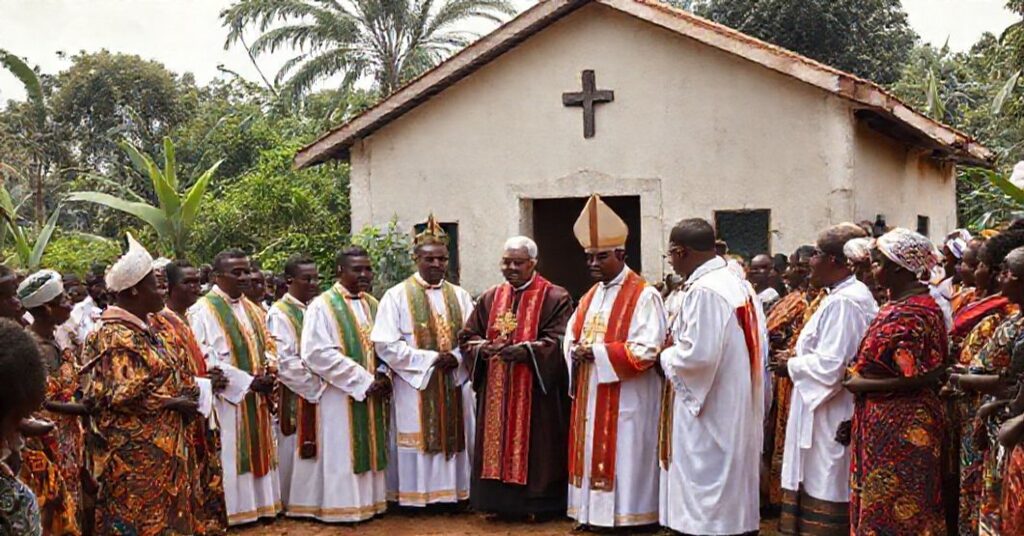Gratulationis (1960.08.21)
The Latin letter “Gratulationis” of 21 August 1960, issued by John XXIII to Joseph Wendel, archbishop of Munich-Freising, is an adulatory note of thanks for organizing the 37th International Eucharistic Congress in Munich. John XXIII praises the “magnificent liberality” of the event, the public display of faith, the collaboration of clergy, laity, and civil authorities, and especially the emotional spectacle of crowds, televised ceremonies, and mass “Communions,” from which he expects fruits of peace, concord, and mutual understanding among nations. He presents this Congress as an “orbis Statio” — a kind of world station of peoples around the Eucharist — and expresses the hope that it will yield enduring spiritual benefits and social peace for all nations redeemed by Christ’s Blood.
Already in this short document, stripped of pious varnish, we see the program of the conciliar sect in nuce: a sentimental, horizontal, media-spectacle “Eucharistic” religiosity instrumentalized to serve humanistic pacifism and inter-national fraternization, with no mention of sin, conversion, doctrinal combat, or the social Kingship of Christ in the integral Catholic sense taught consistently until 1958.










